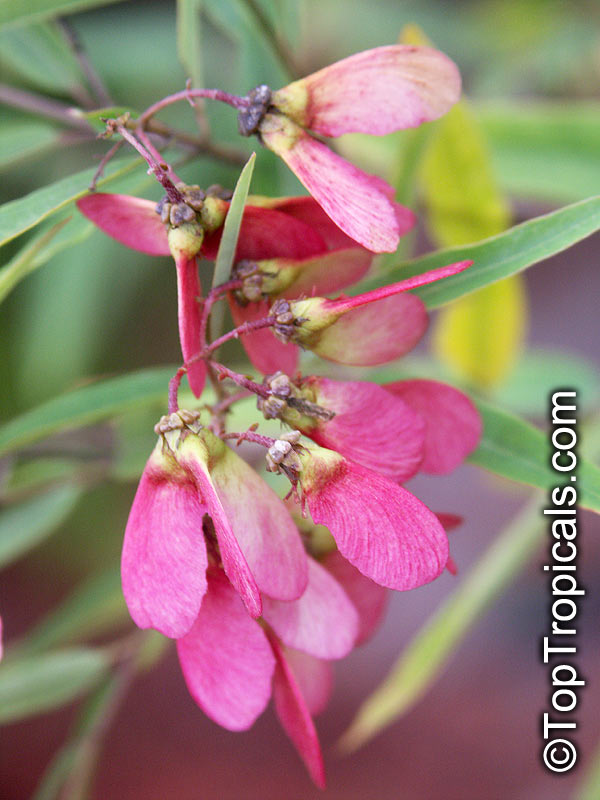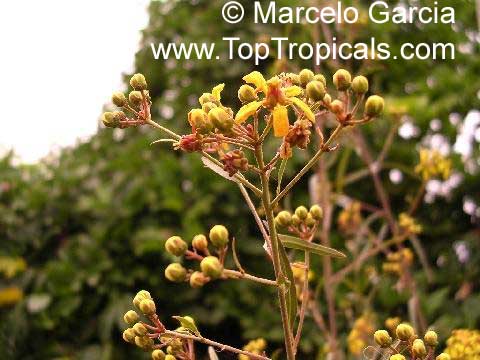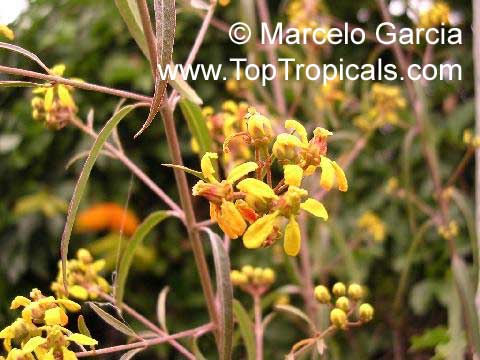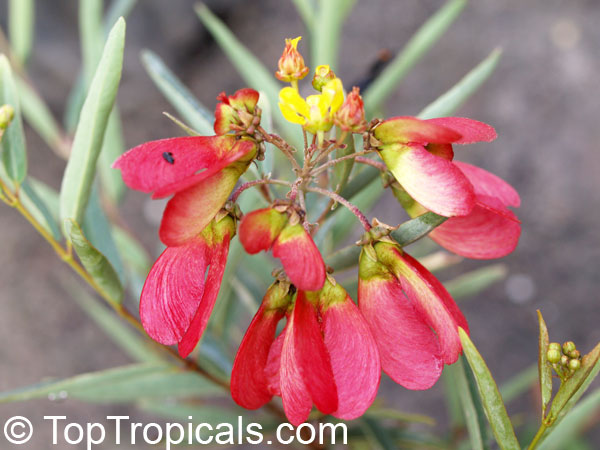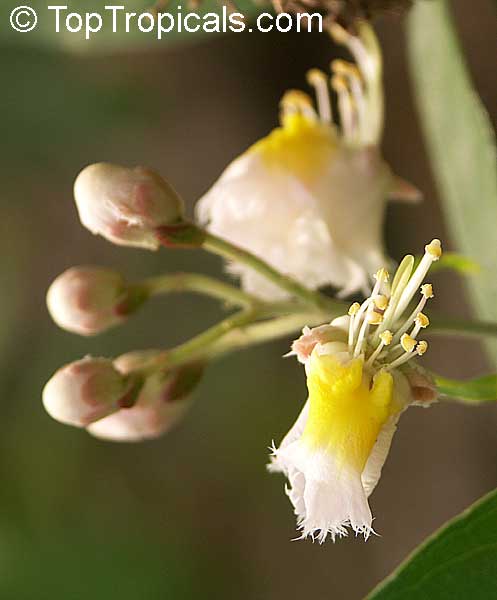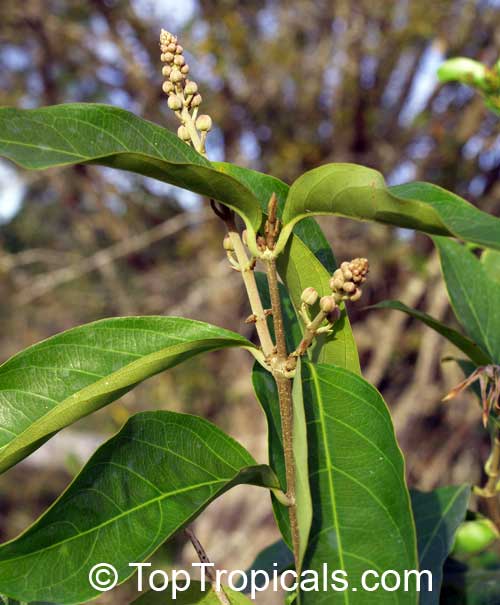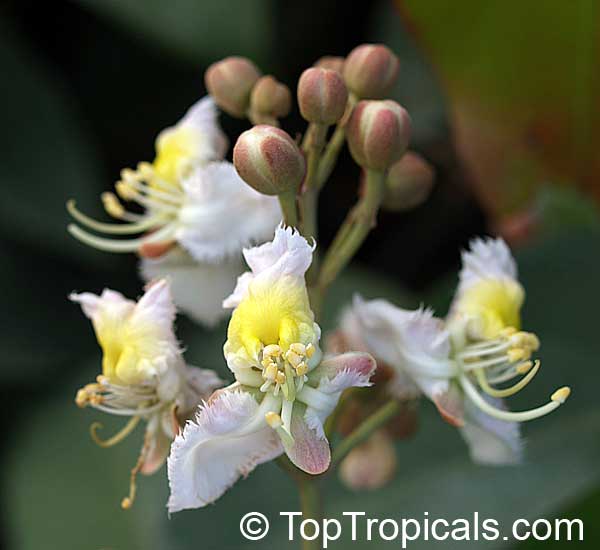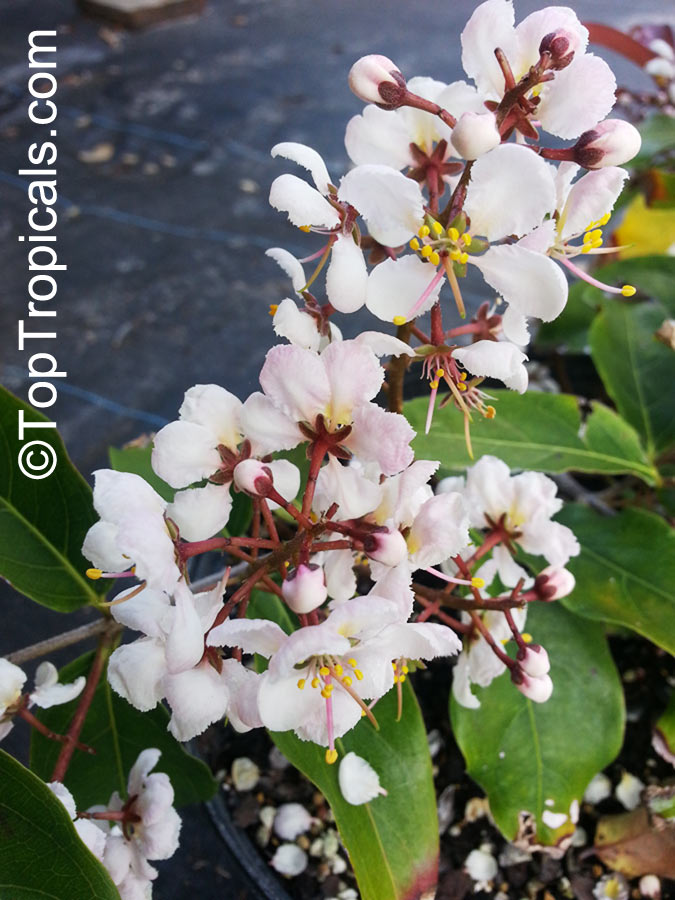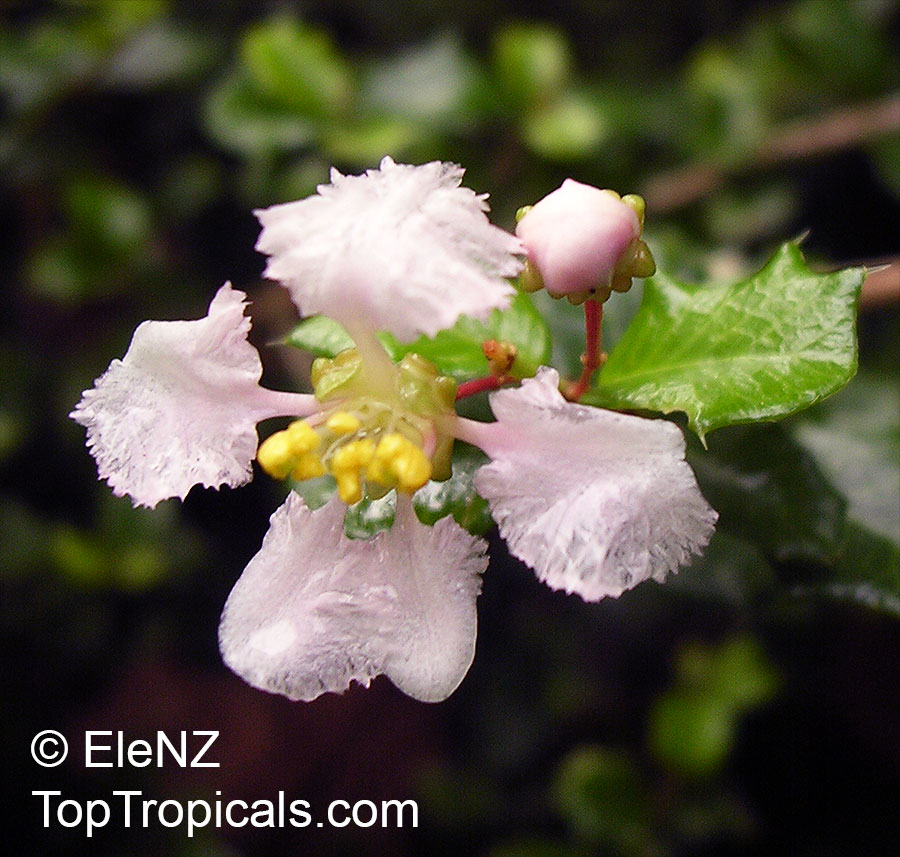Malpighiaceae - Botanical Family
Top Tropicals Plant Encyclopedia
| Number of plants found: 18 | Next | 
|
Go to page: | 1 | 2 |
Botanical names: Banisteriopsis caapi, Banisteria caapi, Alicia anisopetala
Common names: Ayahuasca, Caapi, Yaje, Black Yage
Family: Malpighiaceae
Origin: South America









Banisteriopsis caapi is a woody climbing vine which is native to South America, where it grows in the Amazon rainforest. The vine has a reddish-brown stem and contrasting light green leaves. It flowers from late spring to early summer and produces pink and white or off-white flowers. The vine has a reputation as an ethnomedical plant and is part of many traditional healing ceremonies.
This jungle vine is used, along with the other primary ingredient the Psychotria viridis plant, to prepare Ayahuasca, a decoction with a long history of entheogenic uses as a medicine and "plant teacher" among the indigenous peoples of the Amazon Rainforest. It contains alkaloids, present in all parts of the plant.
The naming of the plant was actually dedicated to John Banister, a 17th-century English clergyman and naturalist. An earlier name for the genus Banisteriopsis was Banisteria, and the plant is sometimes referred to as Banisteria caapi in everyday usage.
The name Ayahuasca means "vine of the soul" in Quechuan, and the shamans of the indigenous western Amazonian tribes use the plant in religious and healing ceremonies. In addition to its hallucinogenic properties, caapi is used for its healing properties as a purgative, effectively cleansing the body of parasites and helping the digestive tract.
It is relatively easy to grow and is cold-tolerant when mature, capable of surviving short-term temperatures down to 30°F.
Banisteriopsis caapi is best grown in full sun or semi-shade, in moist but well-drained soil. It does not tolerate overly wet conditions and is prone to root rot if kept too moist. For this reason, in cold regions it is best grown in a sheltered location with protection from cold winds. Water the plant on a regular basis and provide supplemental fertilizer every two to three weeks during the growing season. Plant the vine in a pot which is at least 30 inches in diameter, allowing plenty of space for it to grow. Prune back the vine after flowering to prevent overgrowth.
Botanical names: Bunchosia argentea, Bunchosia armeniaca
Common names: Peanut Butter Fruit Tree, Ciruela Del Monte
Family: Malpighiaceae
Origin: Central and South America








The Peanut Butter Fruit, also known as Bunchosia argentea or Bunchosia armeniaca, is an exotic fruit that is beloved by both children and adults. It has a sweet, soft pulp with a peanut butter-like flavor. The tree is small in size, growing up to 10-15 feet tall, and can also be kept as a bush. It begins to bear fruit within 2-3 years from seed.
This attractive tree has clusters of yellow flowers that are followed by an abundance of dark red fruit that are around 1 inch in diameter. The flesh of the fruit is rich and sweet, with a texture similar to peanut butter, and yet it is a much healthier food option. The fruit can be eaten fresh or made into milkshakes.
The Peanut Butter Fruit tree is low maintenance and adaptable to most soils. It prefers full sun to semi-shade and regular watering. Mature plants are cold hardy up to 30-32F for a short time, and can be grown in USDA zones 10-11. It can also be successfully grown in colder regions, and can be kept in a pot and taken indoors as long as it has good drainage and enough room for the roots to grow. The soil should be kept moist but not wet.
Not only is the Peanut Butter Fruit tree delicious, it also offers extraordinary health benefits. It is rich in vitamins and minerals such as Vitamin C, Vitamin E, Vitamin B-complex, beta-carotene, iron, magnesium, phosphorus, zinc, and dietary fiber. It is also known to have antioxidant properties and protect the cardiovascular system. The tree can produce up to 200-300 fruits at once, which can be used in various recipes or enjoyed as is. The Peanut Butter Fruit tree is a great choice for a backyard garden.
Read more about Peanut Butter fruit.
Recommended Fertilizer: SUNSHINE C-Cibus - Crop Nutrition Booster
SUNSHINE-Honey - sugar booster
Recommended Fertilizer: SUNSHINE C-Cibus - Crop Nutrition Booster
SUNSHINE-Honey - sugar booster
Botanical name: Bunchosia glandulifera
Common name: Wild Peanut Tree
Family: Malpighiaceae
Origin: Ecuador







Botanical names: Byrsonima crassifolia, Malpighia crassifolia
Common names: Nancy Tree, Golden Spoon, Nance
Family: Malpighiaceae
Origin: Central America
Hardiness: 30°F









Byrsonima crassifolia, commonly called nance, is a tropical fruit tree native to Central and South America. It is a small evergreen tree or large shrub with leathery leaves and clusters of yellow flowers that attract pollinators. The plant produces small round fruits with a distinctive sweet flavor, used fresh or in beverages and preserves throughout its native range.
Byrsonima crassifolia prefers full sun and well-drained soil and is best suited for USDA Zones 9-11. It is sensitive to cold and should be protected from frost, as temperatures below 30F can damage foliage and flowers. In cooler regions it can be grown in large containers and overwintered in a sheltered location. See article about this plant:Byrsonima crassifolia - Pretty Fancy Nancy from Brazil (Golden Spoon).
See article about this plant: Byrsonima crassifolia - Pretty Fancy Nancy from Brazil (Golden Spoon).
Recommended Fertilizer: SUNSHINE C-Cibus - Crop Nutrition Booster
SUNSHINE-Honey - sugar booster
Botanical names: Galphimia gracillis, Galphimia gracilis, Galphimia glauca
Common names: Thriallis, Rain of Gold, Spray of Gold
Family: Malpighiaceae







Galphimia gracillis, also known as the Thriallis, is a large shrub, growing up to 5-0 feet tall, with bright yellow and orange flowers that are both long-lasting and highly fragrant. It's a popular choice amongst gardeners, thanks to its ability to thrive in a variety of conditions, including wind, drought and full sun to semi-shade. It'-s hardy in USDA Zones 9-11 and, when grown in a pot, young plants can withstand temperatures as low as the mid-30s for a short time. It is also a salt-tolerant seaside plant, although it should be pruned occasionally after flowering to maintain a better shape.
For care tips, Galphimia prefers well-drained soils, but is hardy in majority of soils. It should be watered moderately to ensure lots of flowering, but if grown in warm climates with higher humidity it may need more watering. In colder environments or when grown in a pot, it should be watered less frequently, allowing time for the soil to dry out between watering. To promote new blooms, it should be pruned back at the end of the flowering season, or at least three times a year.
Galphimia gracillis is just as useful in the garden as it is in a pot, providing a beautiful and long-lasting floral display that is sure to be a highlight of your garden. Thanks to its hardiness and ease of care, it'-s a great choice for gardeners of all levels, from beginners to experts.
Botanical names: Heteropterys glabra, Heteropterys angustifolia
Common names: Mariposa, Red Wing
Family: Malpighiaceae
Origin: Central and South America








Climbing shrub, with heads of showy pink or red-crimson winged fruits in summer-fall. Flexible stems, canopy irregularly shaped. Flowers are yellow with a touch of red in terminal inflorescences. Species originally from South Brazil, Paraguay, Uruguay and NW Argentina.
Soil should be soft, moist, well drained. Direct sun or partial shade. Cold hardy. This nice plant is not often available basically due to rarity. Not invasive, suitable for small spaces and container culture.
Botanical names: Hiptage benghalensis, Hyptage bengalensis
Common names: Hiptage, Helicopter Flower
Family: Malpighiaceae
Origin: SE Asia
Hardiness: 9-11












A woody climbing shrub with clusters of pink to white and yellow fragrant flowers and 3-winged, helicopter-like fruits. Flowers have very interesting shape and look like a decorative accessory, with fluffy-toothed edges. The fragrance is very strong and pleasant, resembles fruity perfume. Leaves are narrow and drooping. This plant can be trimmed as a bush, and can be grown in container, too. Used medicinally in India. Make sure to provide lots of light for profuse blooming. The petals have frilly edges, and after the flowers fade, they spin off quirky three-winged seed pods that look like tiny helicopters. It flowers generously through winter and early spring, just when most plants are resting, filling the air with a fruity fragrance.
Easy to grow, it can be trained as a shrub, small tree, or vigorous climber if given strong support. In India, it is called Madhavi, the Spring Herald, and is often linked with mango trees in old legends - the strong tree with the fragrant vine wrapped around it.
A tropical beauty with a story, a scent, and a playful twist. It's pretty cold hardy too - can take some light frost.
Recommended Fertilizer: SUNSHINE Pikake - Fragrant Flower Booster
Ordering seeds info
RECOMMENDED SUPPLIES:
Seed Germination Mix #3, professional grade
SUNSHINE-Epi - Seeds and cuttings booster
SUNSHINE Bombino - Young Plant Booster
Botanical name: Hiptage lucida
Common name: Cambodia Helicopter Flower
Family: Malpighiaceae










Woody shrub with fragrant pink flowers, close related to Hiptage benghalensis.It is rare in cultivation.
Botanical name: Lophanthera lactescens
Common name: Golden Chain Tree
Family: Malpighiaceae
Origin: Brazil






It is a fast-growing and relatively easy-to-care-for tree reaching up to 20 feet tall. The Lophanthera lactescens has yellowish-green foliage and large, pendulous yellow and orange flowers, usually blooming during early summer. It produces a pleasant, fragrant scent and is a great choice for hot climates due to its heat tolerance. It is truly a plant native to the tropics of Brazil.
In order to keep this plant healthy, it needs full sun and regular water during the summertime and moderate water during the winter. It can grow in a variety of soil types, as long as it drains well. The plant thrives in USDA Zones 9-11. The important consideration for cold regions is to make sure that the Golden Chain Tree is planted in a pot and can be brought in a heated greenhouse or garage when the temperature drops during the winter.
This tropical-looking plant enjoys light fertilization in late spring or early summer, when the yellow and orange blooms are already in full swing. Pruning should be done during the winter when the tree is not actively growing, to ensure the best growth and health.
The Lophanthera lactescens is an easy tree to care for and can bring a bit of the tropics to any garden. With its tall, graceful form and bright, fragrant flower spikes, it is a great addition to many urban and suburban landscapes.
Botanical name: Malpighia coccigera
Common names: Miniature Holly, Singapore Holly, Florida Holly
Family: Malpighiaceae
Origin: West Indies









Malpighia coccigera (Miniature Holly) is a South American native shrub native to West Indies that can reach 5-10 ft. in height. It produces showy flowers of pink, white, and off-white colors that appear all summer long. Ornamental foliage with spiny or thorny edges make this species a perfect choice for a bonsai plant.
The plant grows best in full sun or semi-shade, with moderate amounts of water.
In order for the Malpighia coccigera to thrive, it should be planted in well-drained soil that is somewhat acidic in nature. During hot, dry spells, the plant should be monitored regularly for signs of dehydration. Watering should be done every 7-10 days during these times. To get the best performance, fertilizing should be done twice a year and pruning should be done during the spring and summer months.
Malpighia coccigera is suitable for USDA Zones 9-11. In colder climates, the plant should be planted in a pot. During winter the pot must be kept in a sheltered location to protect the plant from extreme temperatures.
| Next |  |
Use link to repeat this search:
https://toptropicals.com/cgi-bin/garden_catalog/cat.cgi?search_op=and&keyword_op=and&language=e&family=Malpighiaceae
&number=10&no_change_lang=1&user=tt&sale=1&first=0


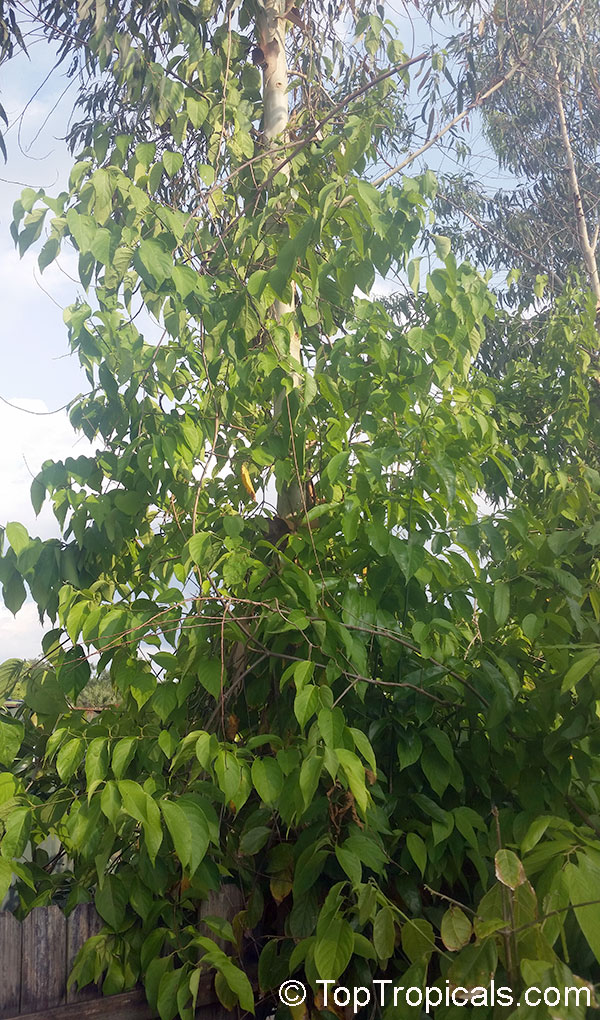




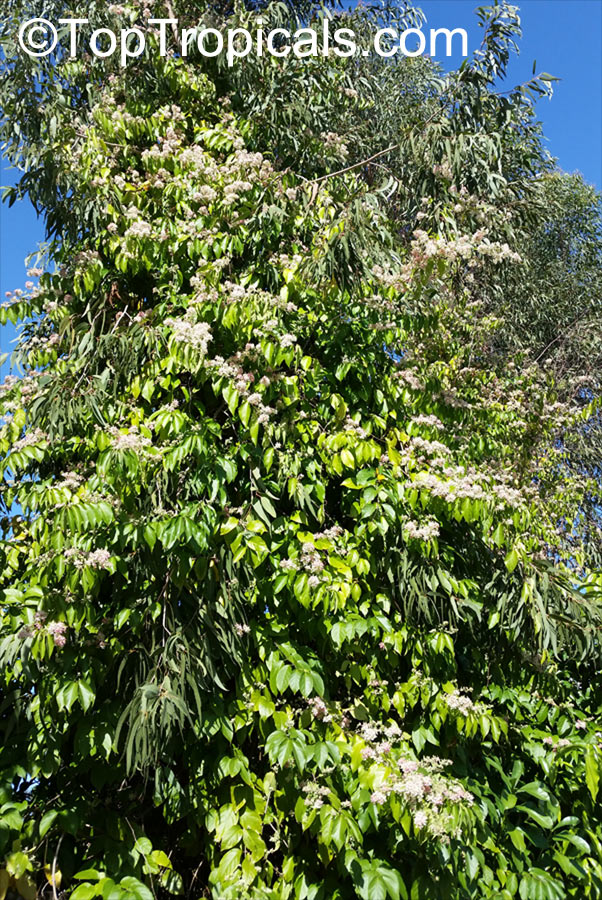














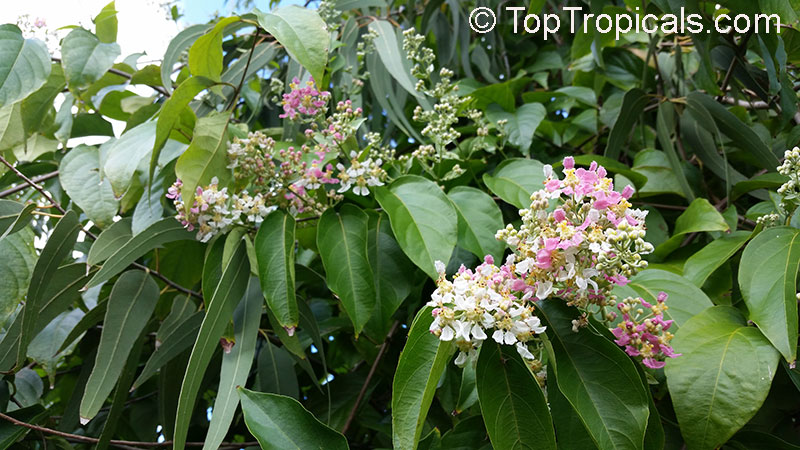











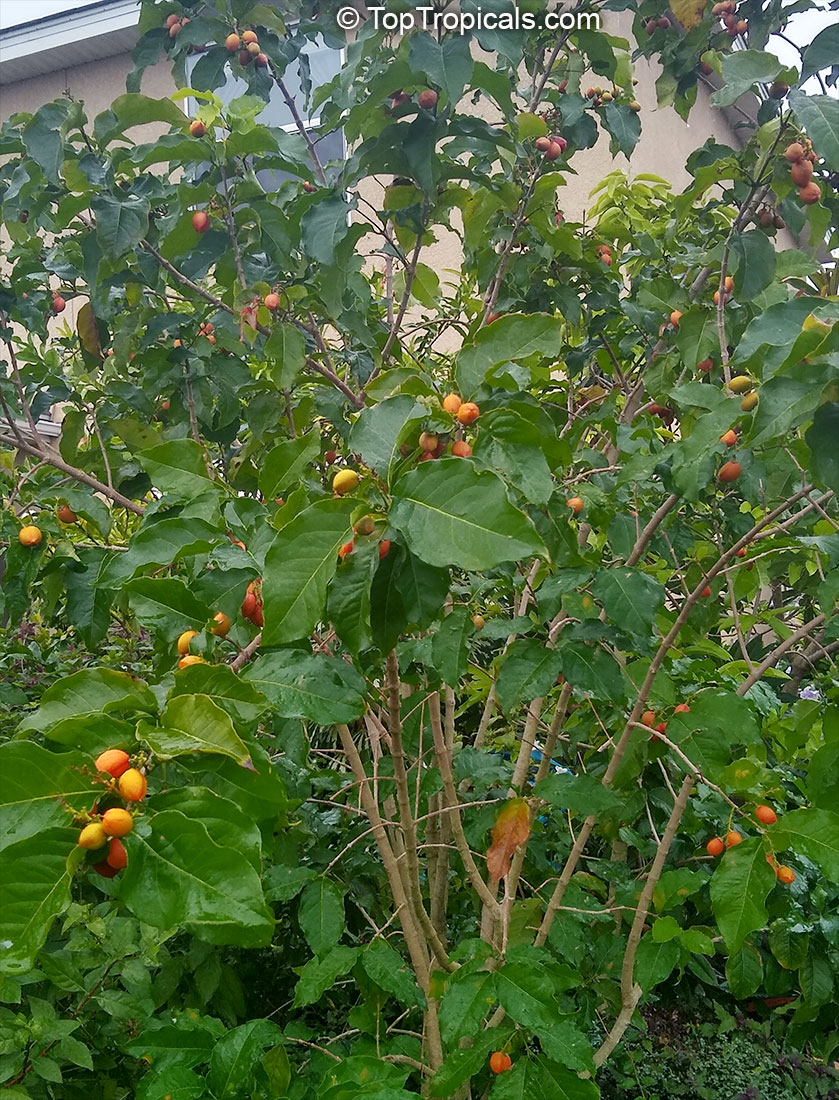





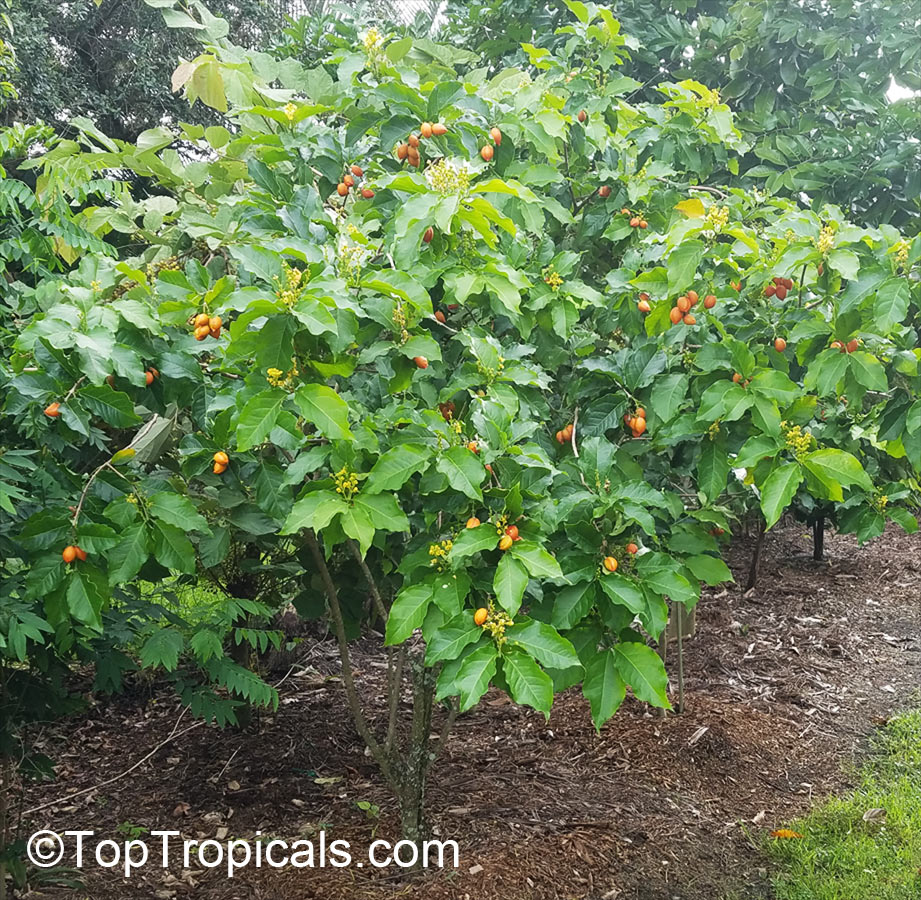







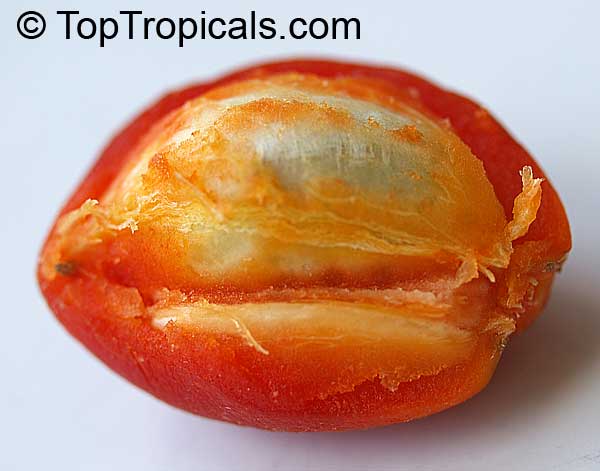






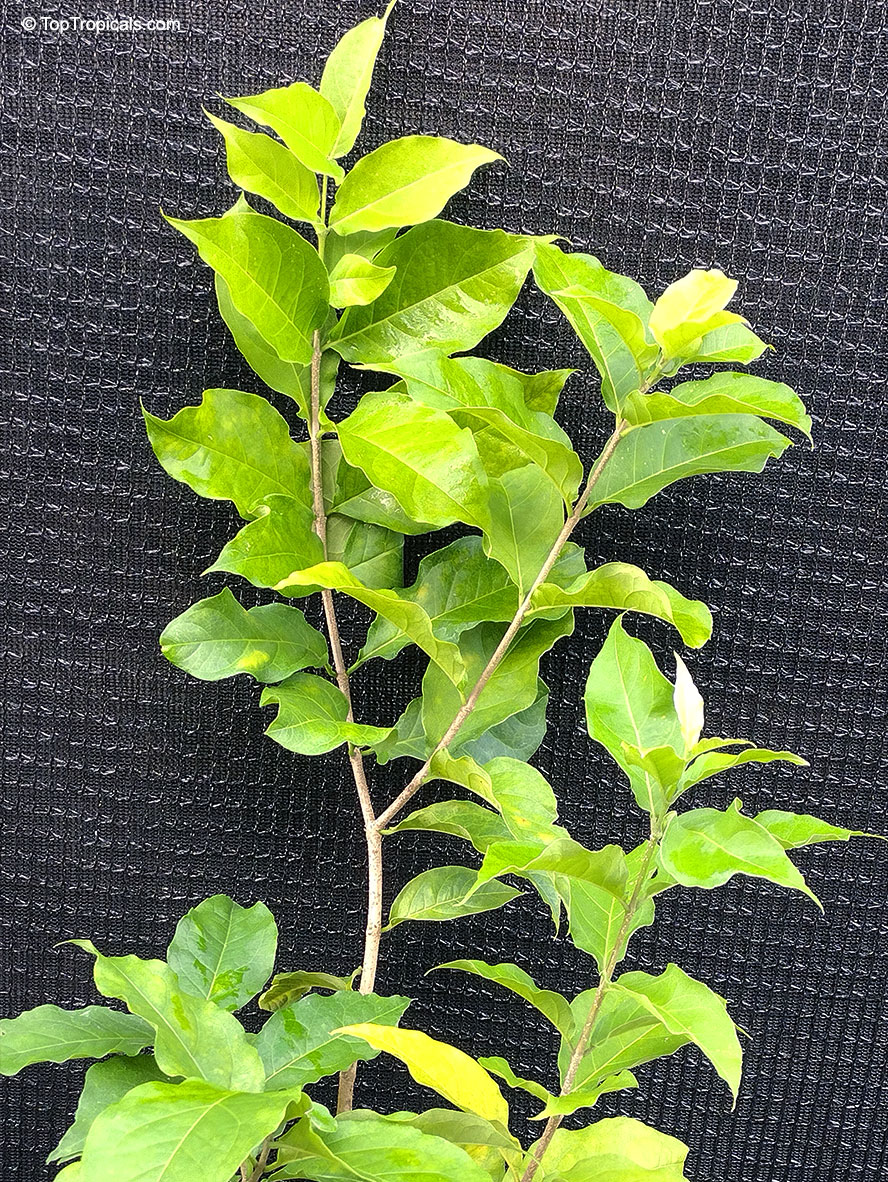




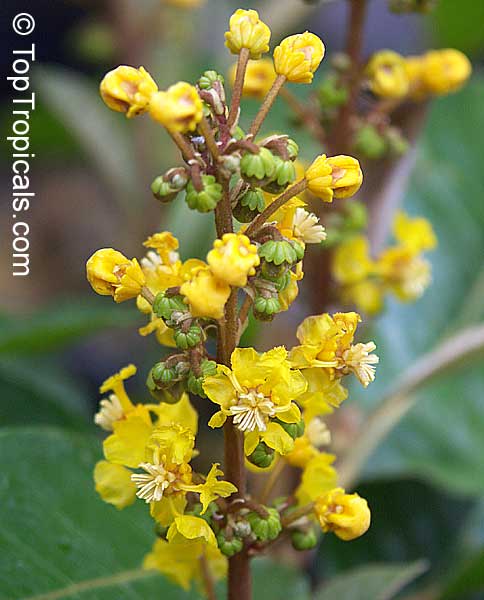














 SUNSHINE C-Cibus (NPK 2-2-4) - Crop Booster for every watering.
SUNSHINE C-Cibus (NPK 2-2-4) - Crop Booster for every watering.  SUNSHINE C-Cibus (NPK 2-2-4) - Crop Booster for every watering.
SUNSHINE C-Cibus (NPK 2-2-4) - Crop Booster for every watering. 














